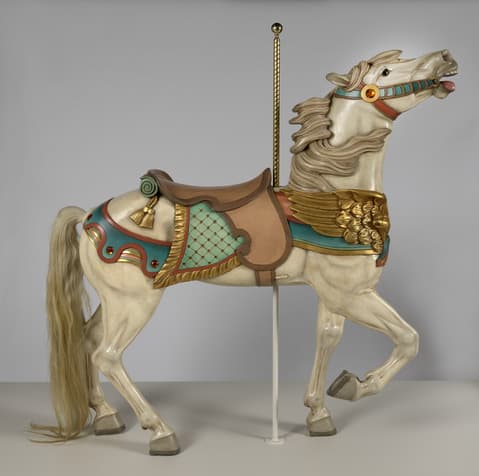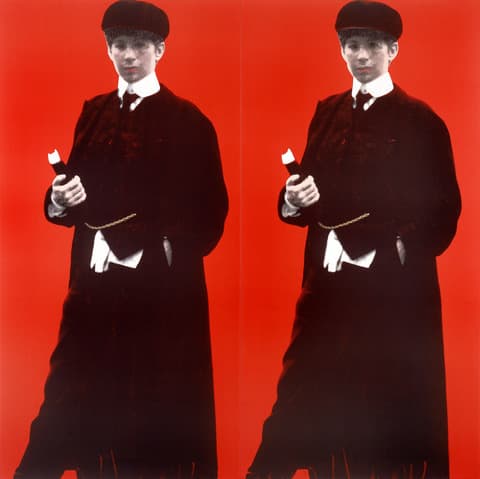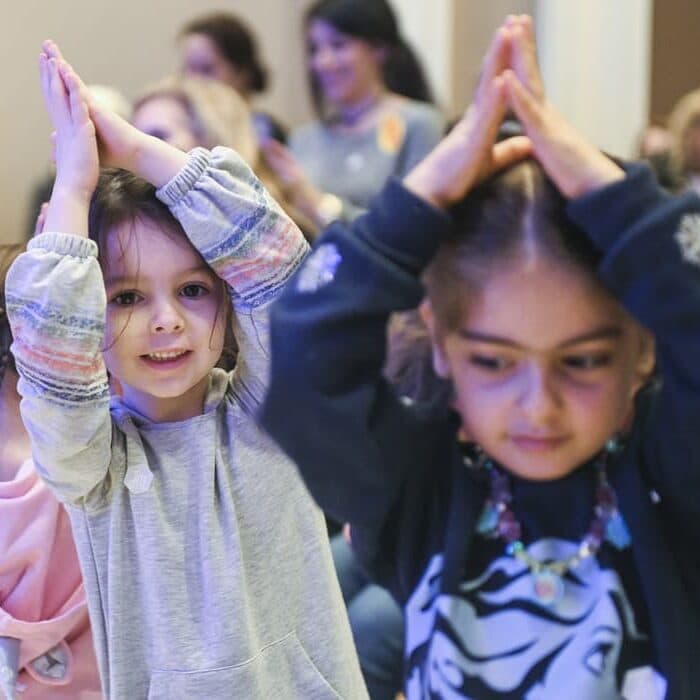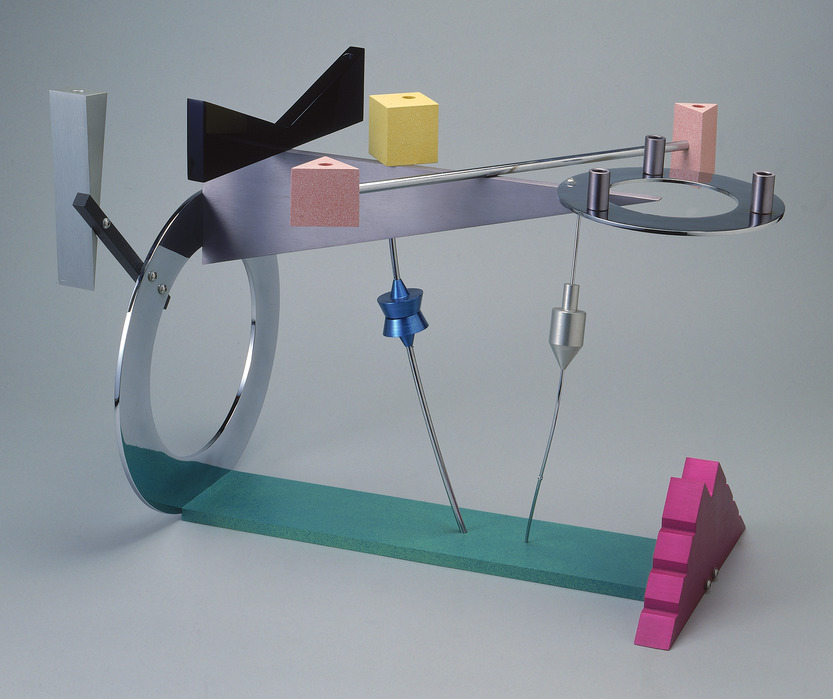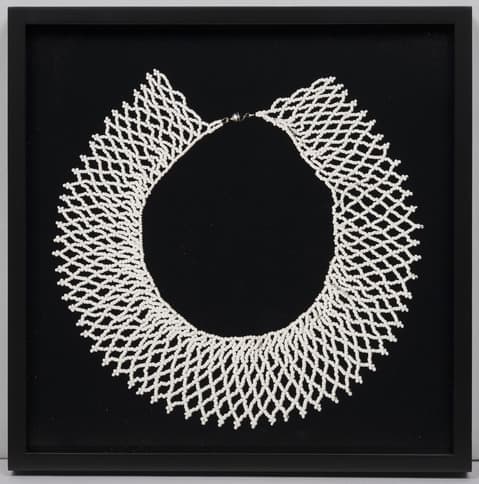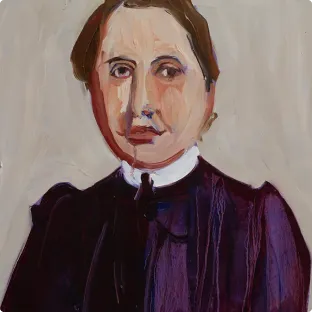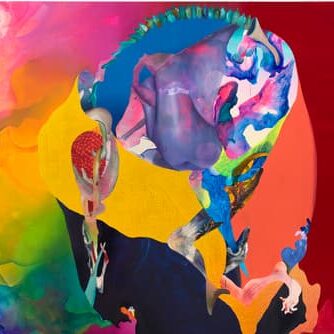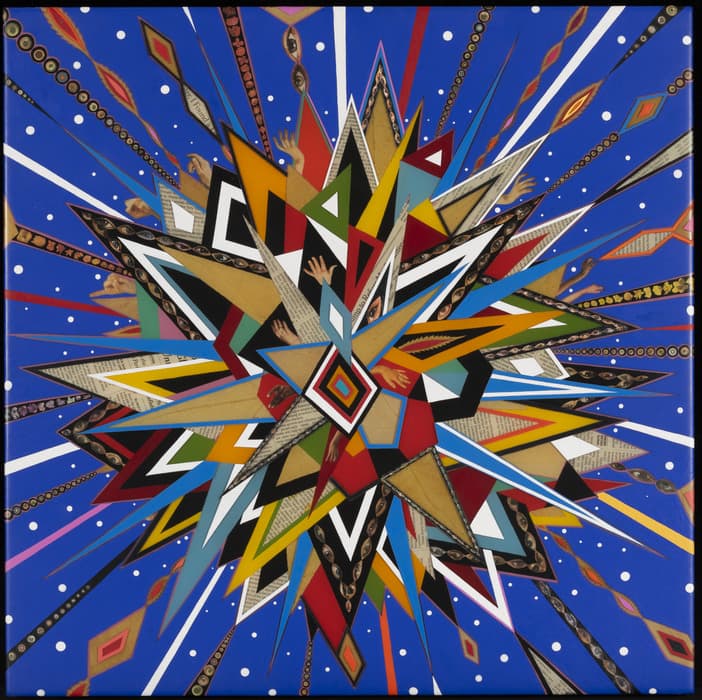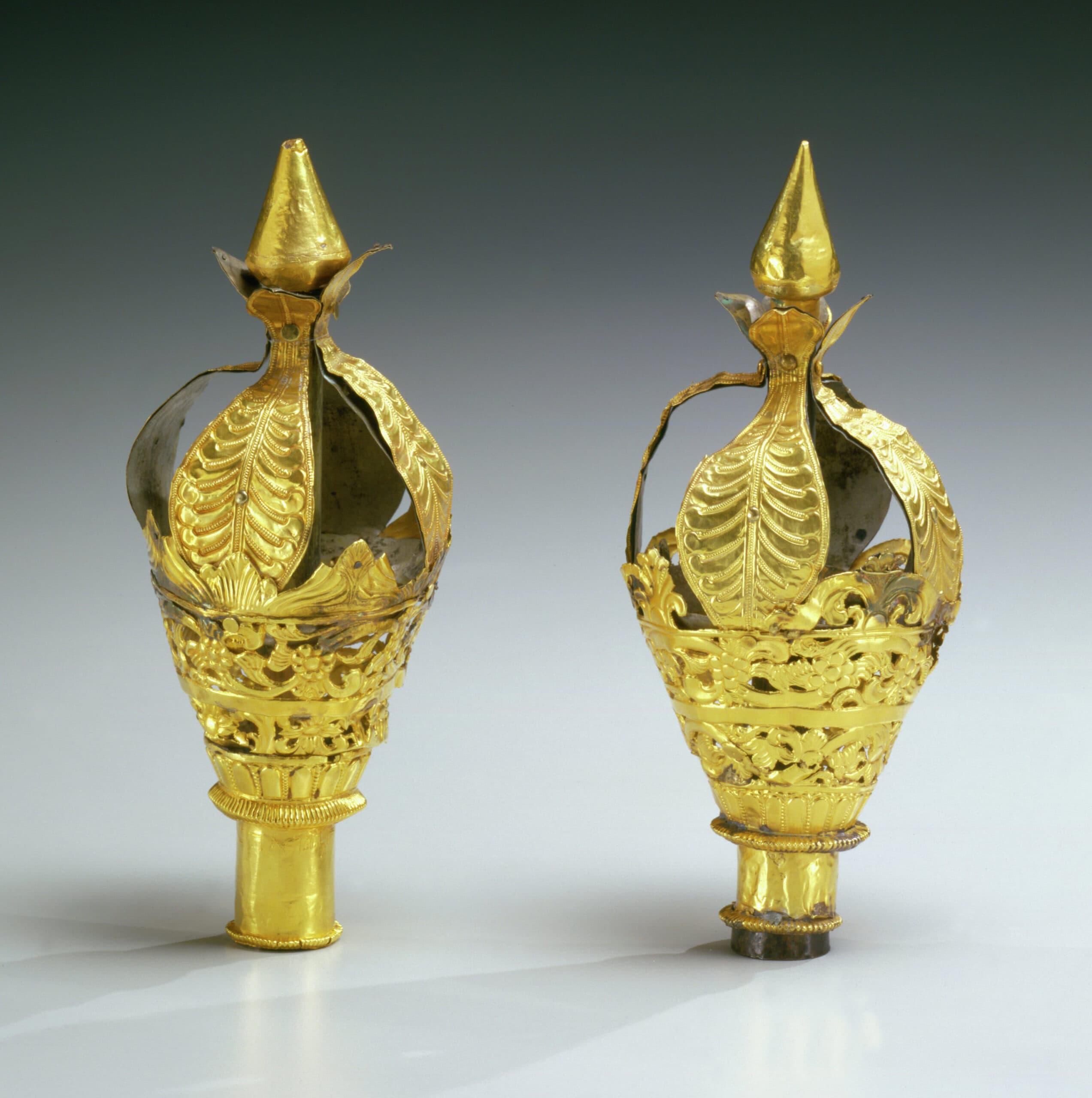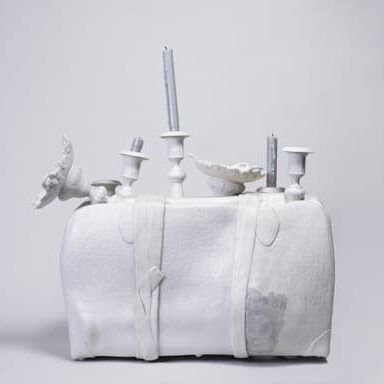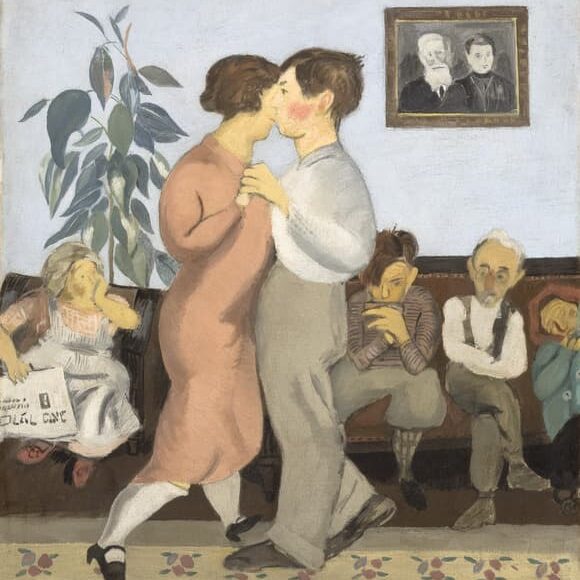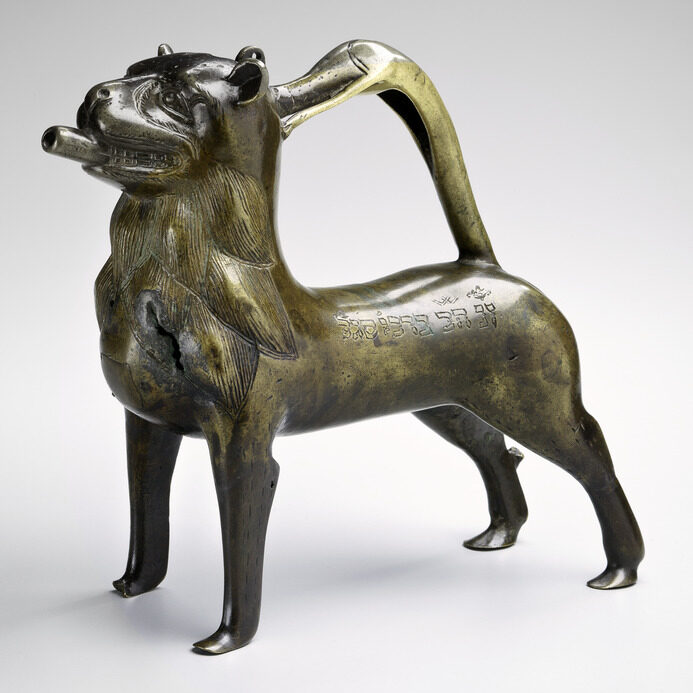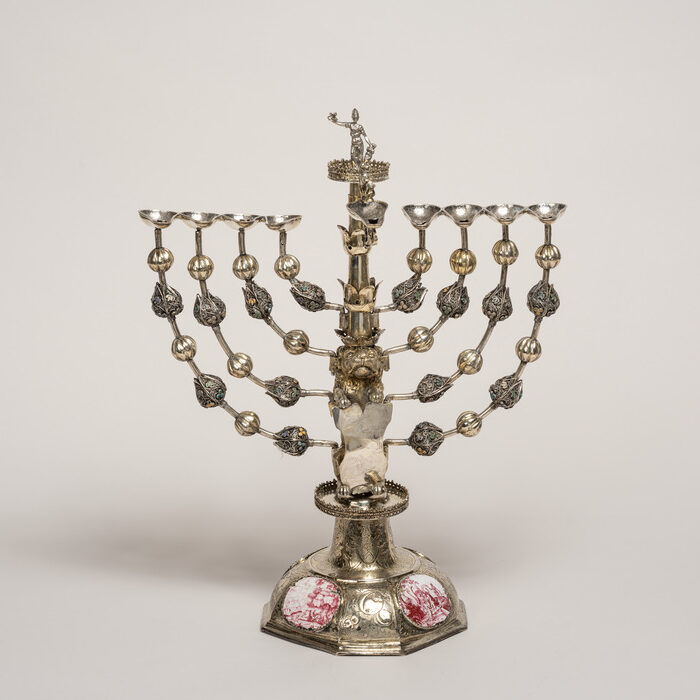Afterlives: Recovering the Lost Stories of Looted Art
This exhibition traces the fascinating timelines of individual objects as they passed through hands and sites before, during, and after World War II, bringing forward their myriad stories.
During World War II, untold numbers of artworks and pieces of cultural property were stolen by Nazi forces. After the war, an estimated one million artworks and 2.5 million books were recovered. Many more were destroyed. This exhibition chronicles the layered stories of the objects that survived, exploring the circumstances of their theft, their post-war rescue, and their afterlives in museums and private collections.
Afterlives includes objects looted from Jewish collections during the war, including works by such renowned artists as Pierre Bonnard, Paul Cézanne, Marc Chagall, Gustave Courbet, Paul Klee, Franz Marc, Henri Matisse, Pablo Picasso, and Camille Pissarro. The Jewish Museum has also commissioned four contemporary artists to create new works that address the resonance of the exhibition’s themes: Maria Eichhorn, Hadar Gad, Dor Guez, and Lisa Oppenheim. Treasured pieces of Judaica, including rare examples of Jewish ceremonial objects from destroyed synagogues, will also be on view, as well as rarely seen archival photographs and documents that connect the objects to history.
75 years after the Second World War, Afterlives explores how surviving artworks and other precious objects were changed by those events, and how they have moved through time, bearing witness to profound historical ruptures while also acting as enduring carriers of individual expression, knowledge, and creativity. The exhibition follows the paths taken by works of art across national borders, through military depots, and in and out of networks of collectors, looters, ideologues, and restitution organizations.
In the Press
“The emotional impact of the exhibition is overwhelming: joy and gratitude at the rescue of so many exquisite artworks; grief at the losses endured by the destroyed Jewish communities of Europe; and finally comfort in the knowledge that their stories do endure.”
— BBC
“A New York show of masterpieces, stolen by the Nazis and then recovered, highlights how people worked to save and repair a shattered culture.”
— Financial Times
“While the work itself is certainly extraordinary (the names Henri Matisse, Pablo Picasso, Paul Klee, Marc Chagall and many others speak for themselves) the stories of how this material made its way from private collections in Europe to the safety of Fifth Avenue in Manhattan are fascinating.”
— The Guardian
“The exhibition at the Jewish Museum is small, but it manages to convey the vastness of what was lost by presenting some of the art that survived.”
— The New Yorker
“But the narrative that propels ‘Afterlives’ is not just about tragedy of the Nazis’ ethnocidal plunder. It’s also about the many artworks and artifacts that survived.”
— The Observer
Afterlives: Recovering the Lost Stories of Looted Art is organized by Darsie Alexander, Susan and Elihu Rose Chief Curator, and Sam Sackeroff, Lerman-Neubauer Assistant Curator, The Jewish Museum. The exhibition is designed by Daniel Kershaw with graphic design by IN-FO.CO, Adam Michaels. Abigail Rapoport, Curator of Judaica, assisted in selecting ceremonial objects for the exhibition.
Afterlives: Recovering the Lost Stories of Looted Art is made possible by The Marilyn and Barry Rubenstein Family Foundation, The Wilf Family Foundations, the David Berg Foundation, the Conference on Jewish Material Claims Against Germany, The Joan Toepfer Charitable Trust, Ulrika and Joel Citron, Linda and Ilan Kaufthal, Liz Lange and David Shapiro, Vivian and Daniel Bernstein, The Blavatnik Family Foundation, Nancy and Larry Pantirer Family Foundation, Betty Pantirer Schwartz, The Samuel H. Kress Foundation, Artis, The Lupin Foundation, and the Office of Cultural Affairs | Consulate General of Israel in New York. Additional support is provided by the Centennial Fund, The Skirball Fund for American Jewish Life Exhibitions, and other generous donors. The publication is made possible, in part, by the Dorot Foundation. Media sponsorship provided by The WNET Group.
The Mobile Tour is supported by




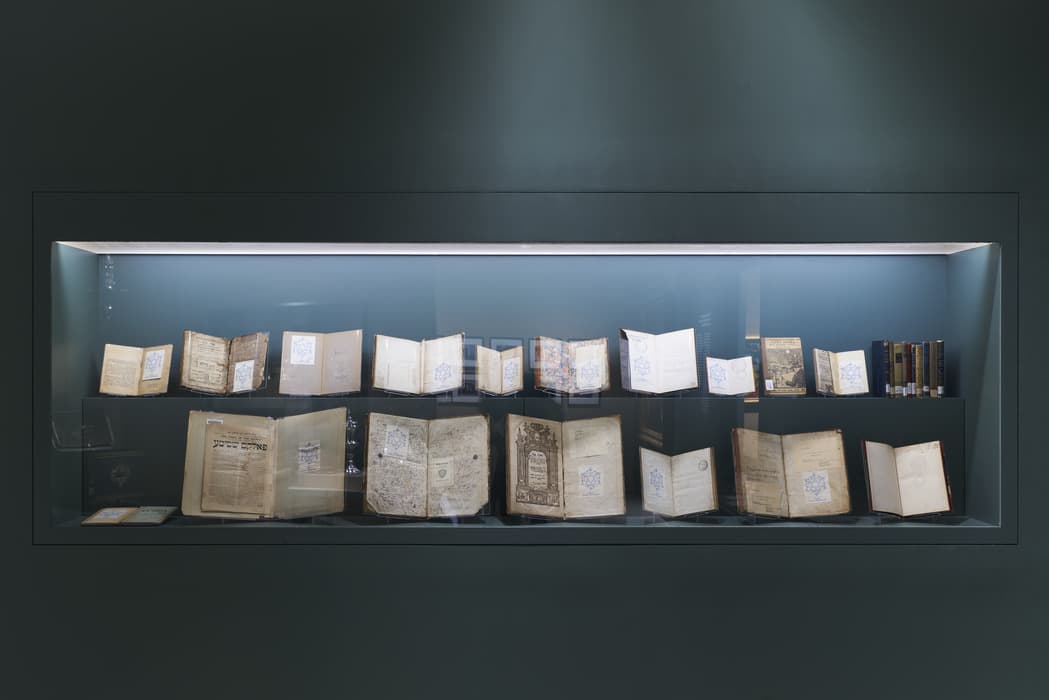
Maria Eichhorn, Hannah Arendt: Jewish Cultural Reconstruction Field Reports, Memoranda, Etc., (detail) 2021. Books and periodicals redistributed by Jewish Cultural Reconstruction. © Maria Eichhorn. Photo by Steven Paneccasio
Exhibition highlights
Audio
The audio guide is made possible by Bloomberg Philanthropies.
Download the audio guide transcript.
Download the verbal description tour transcript.
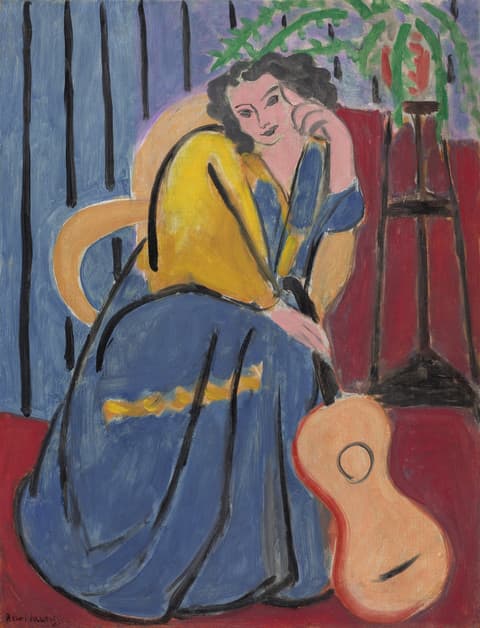
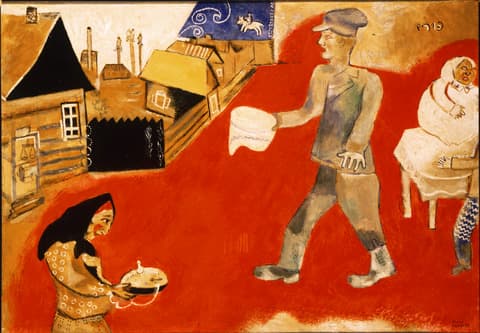
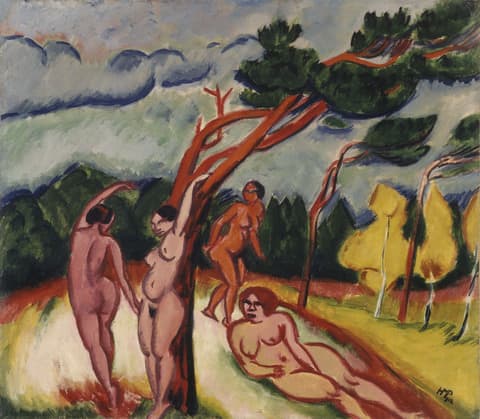
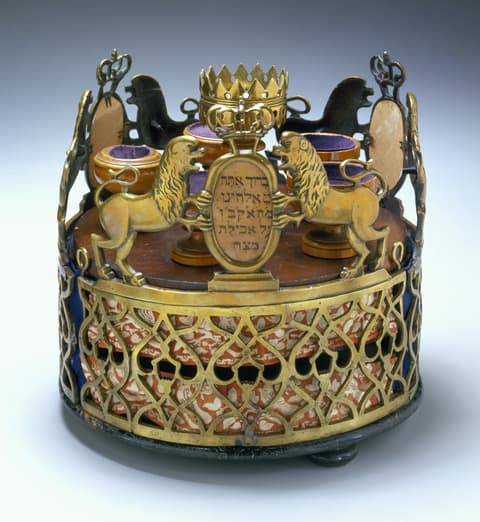
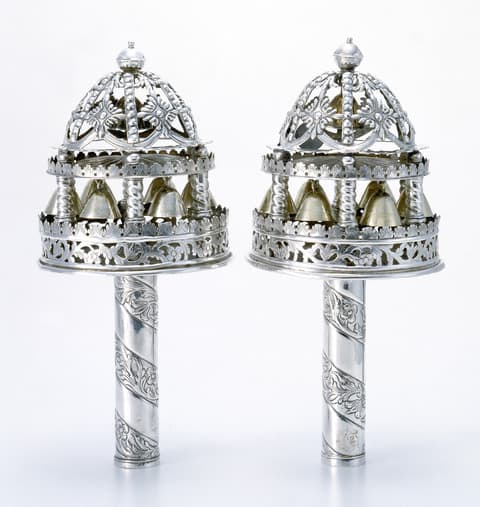

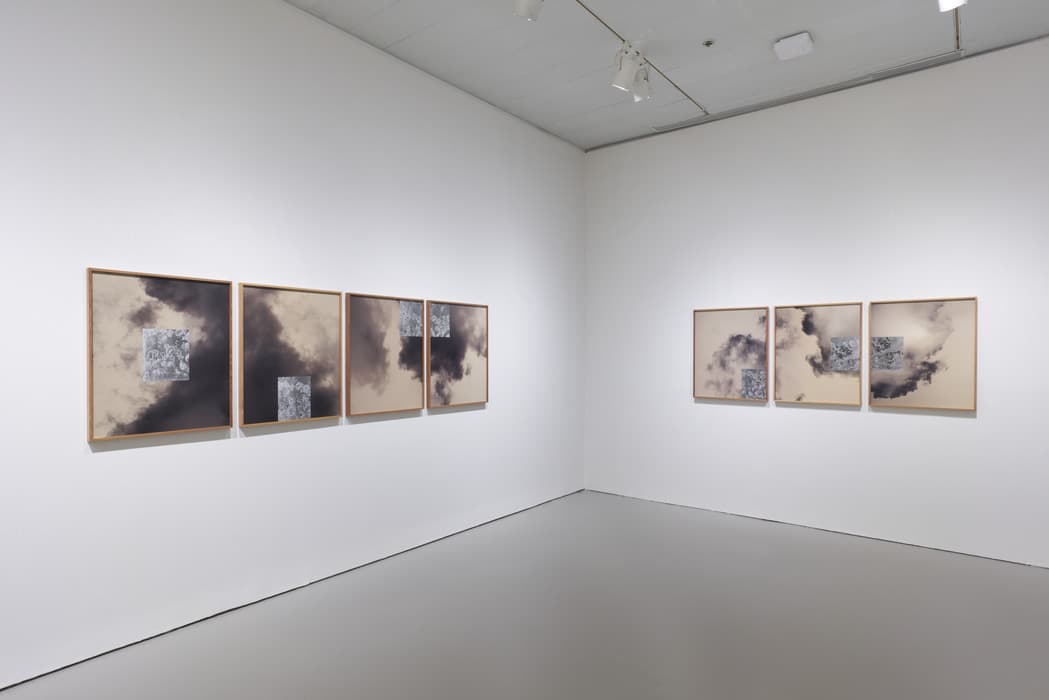
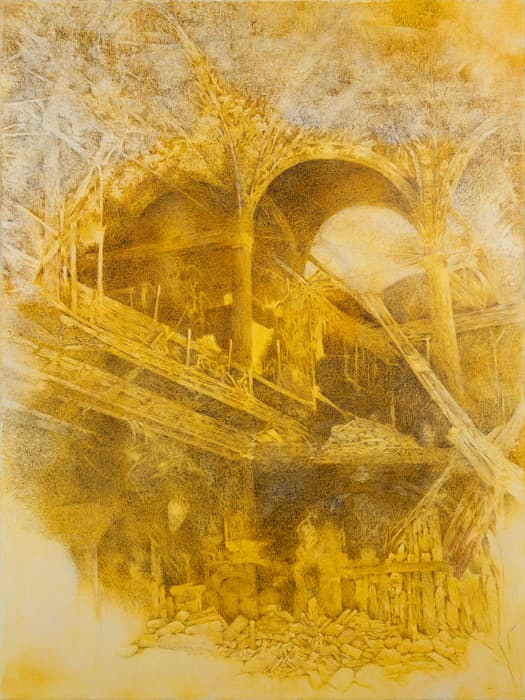
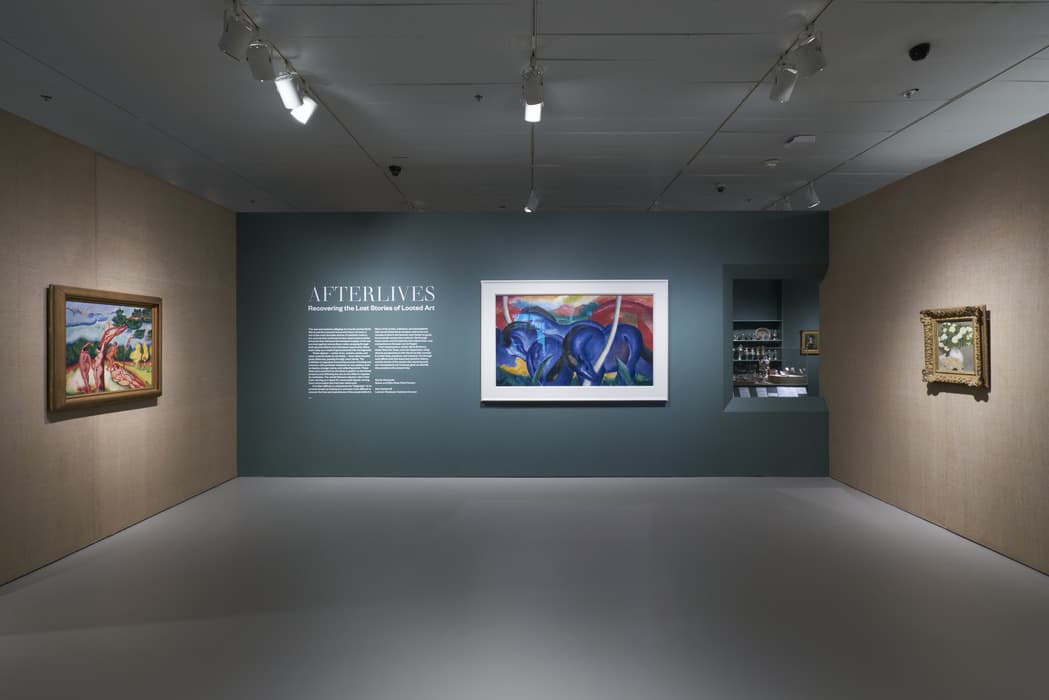
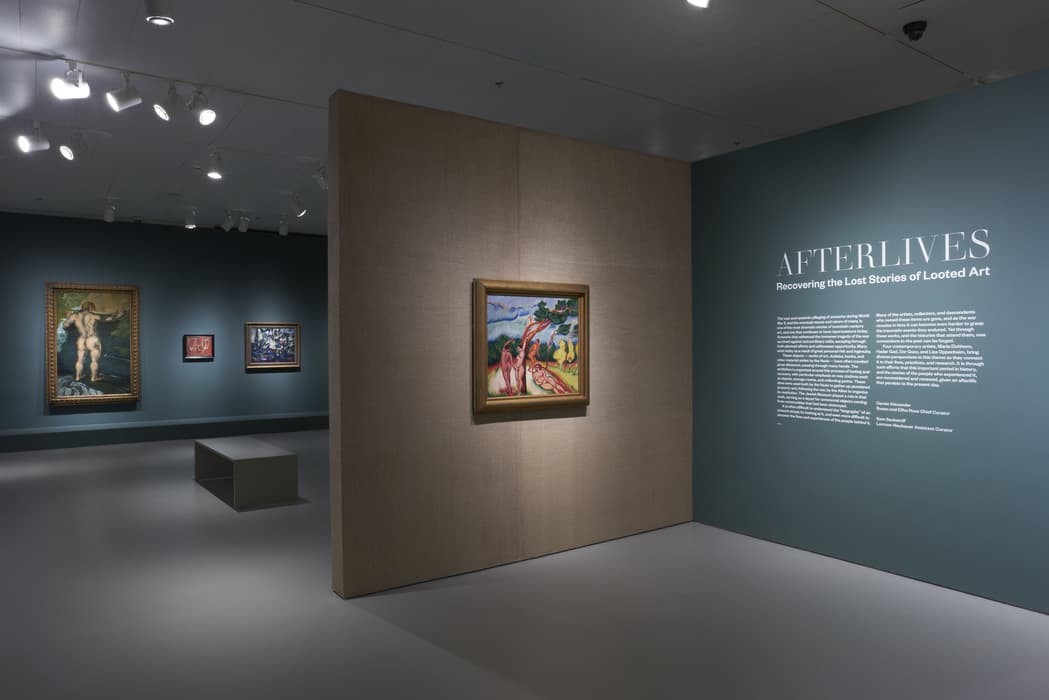
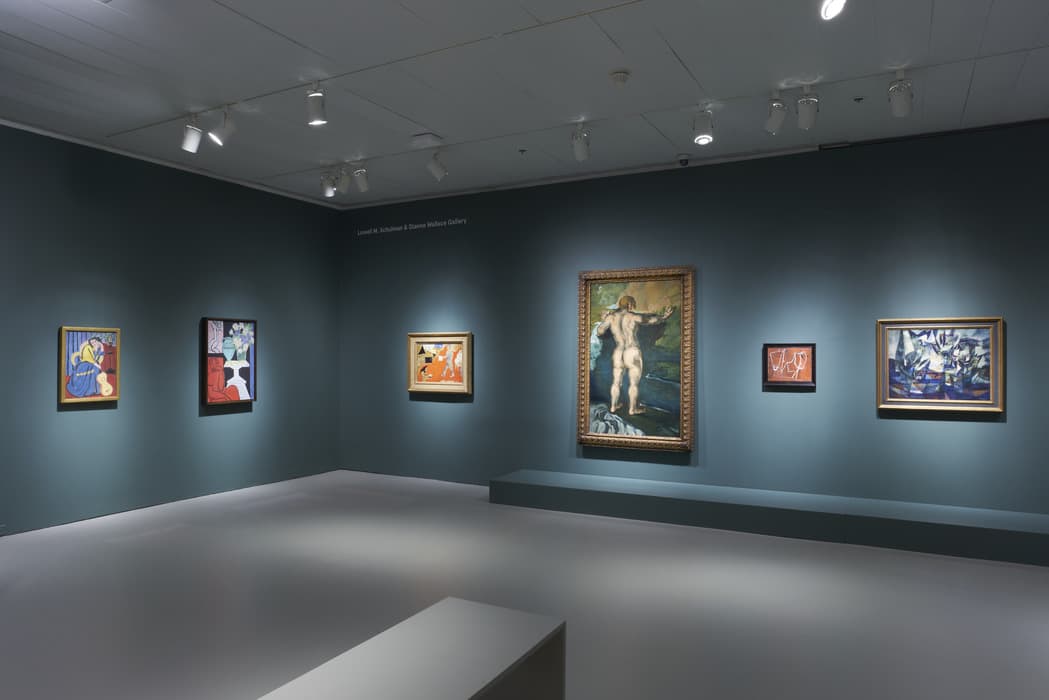
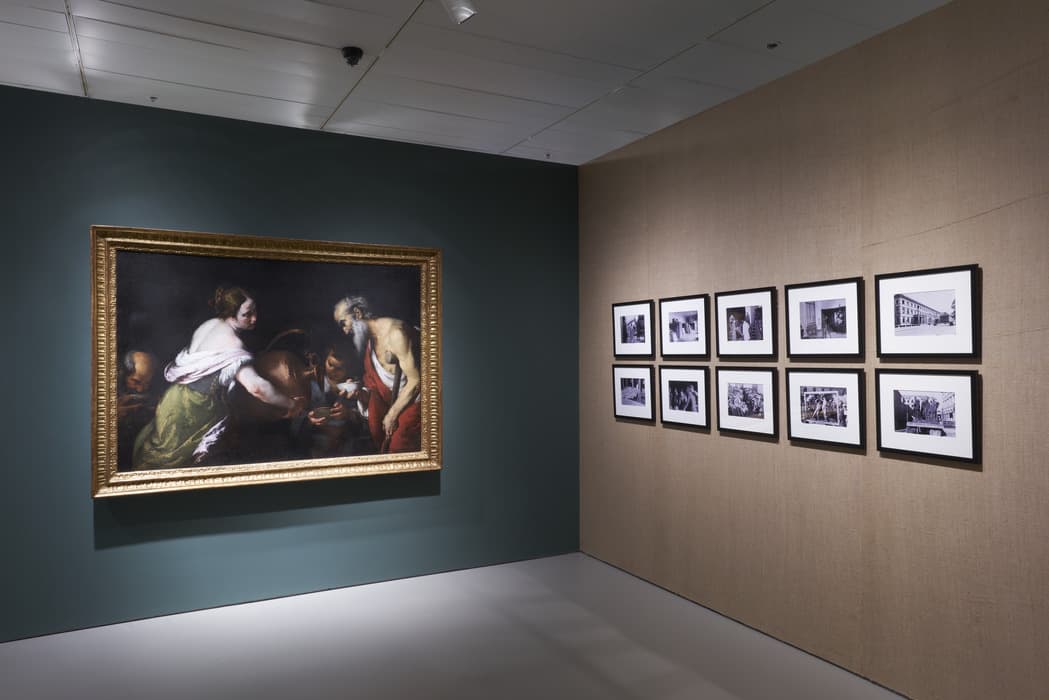
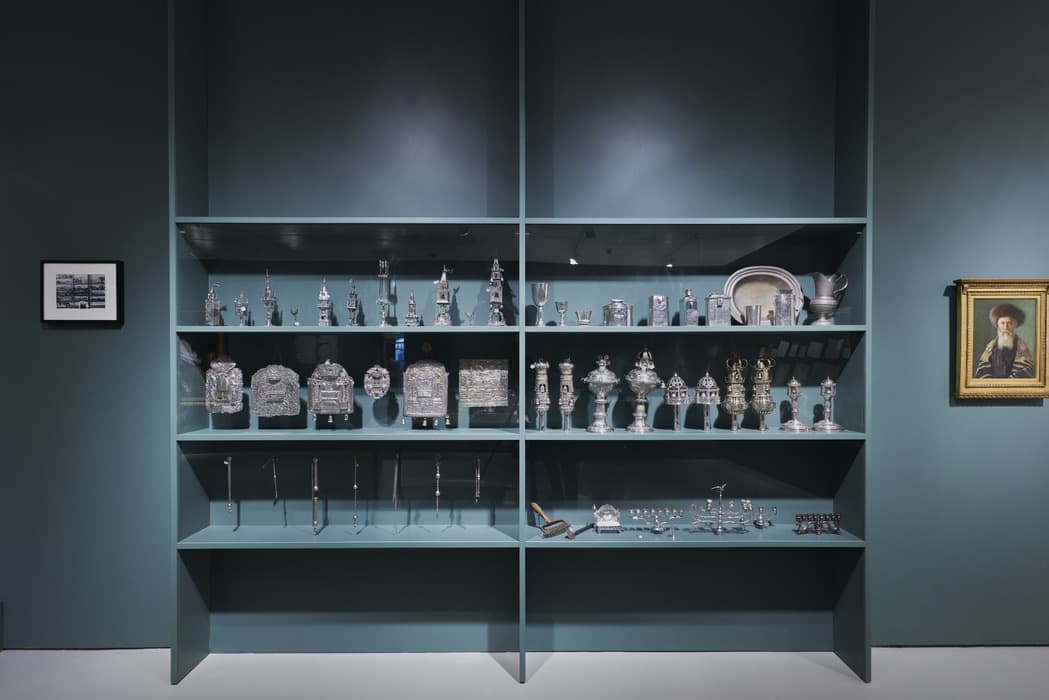
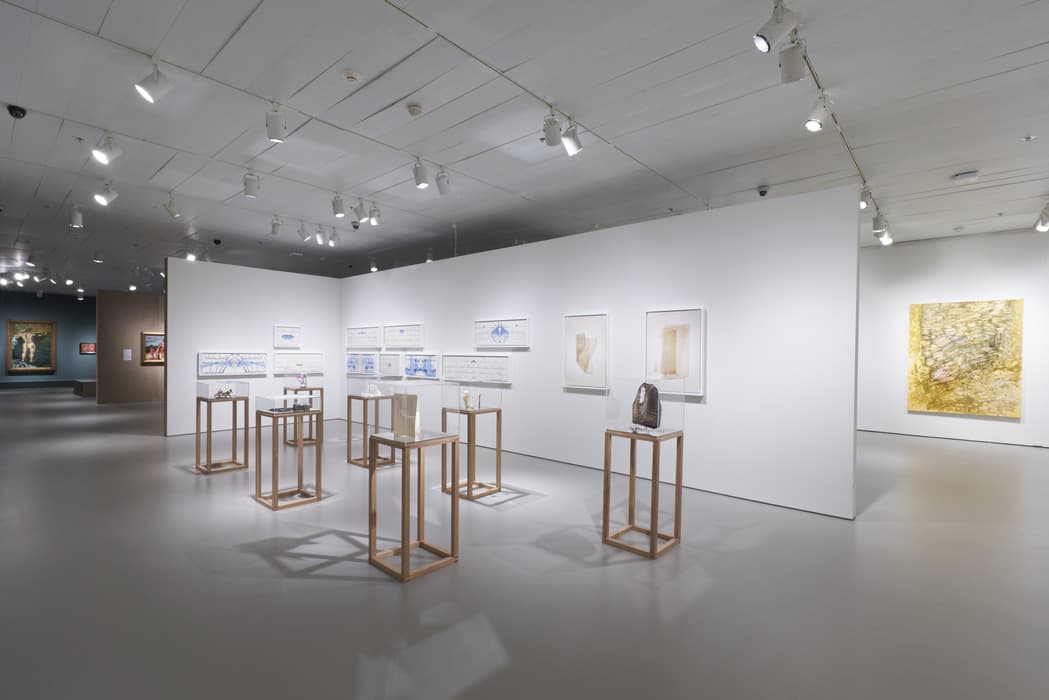




![Dr. Sarah Abrevaya Stein, Sady and Ludwig Kahn Director of the Alan D. Leve Center for Jewish Studies, as well as Professor of History and the Viterbi Family Chair in Mediterranean Jewish Studies at UCLA explores Sephardic experiences of looting, loss, and recovery through the story of a single Jewish family from Salonica [Thessaloniki, Greece] who, at the time of the Second World War, were dispersed across Europe and the globe. Premiere date: December 6, 2021. Lead benefactor support for](https://i.ytimg.com/vi/crSn9aeOGZ4/hqdefault.jpg)

